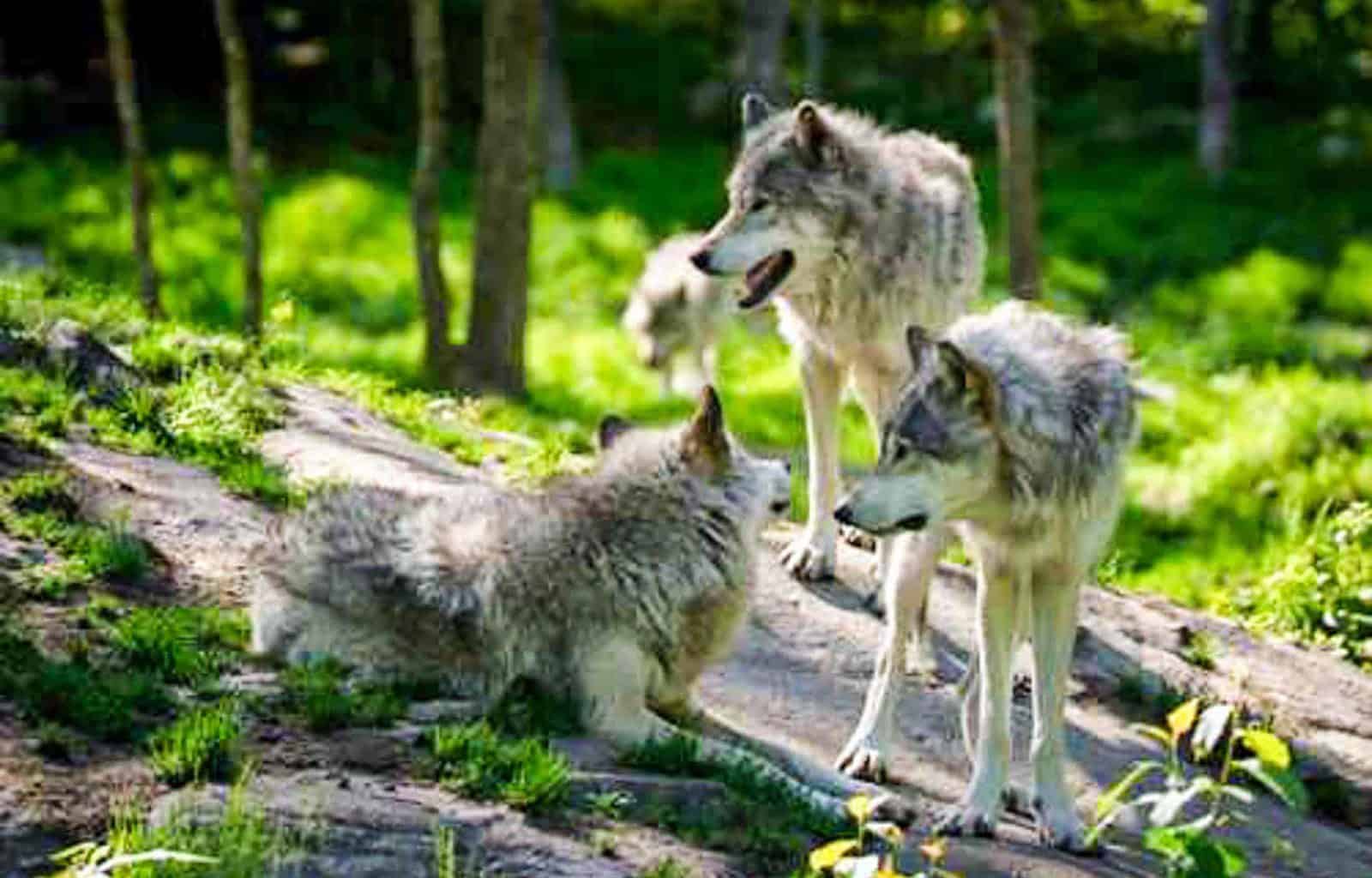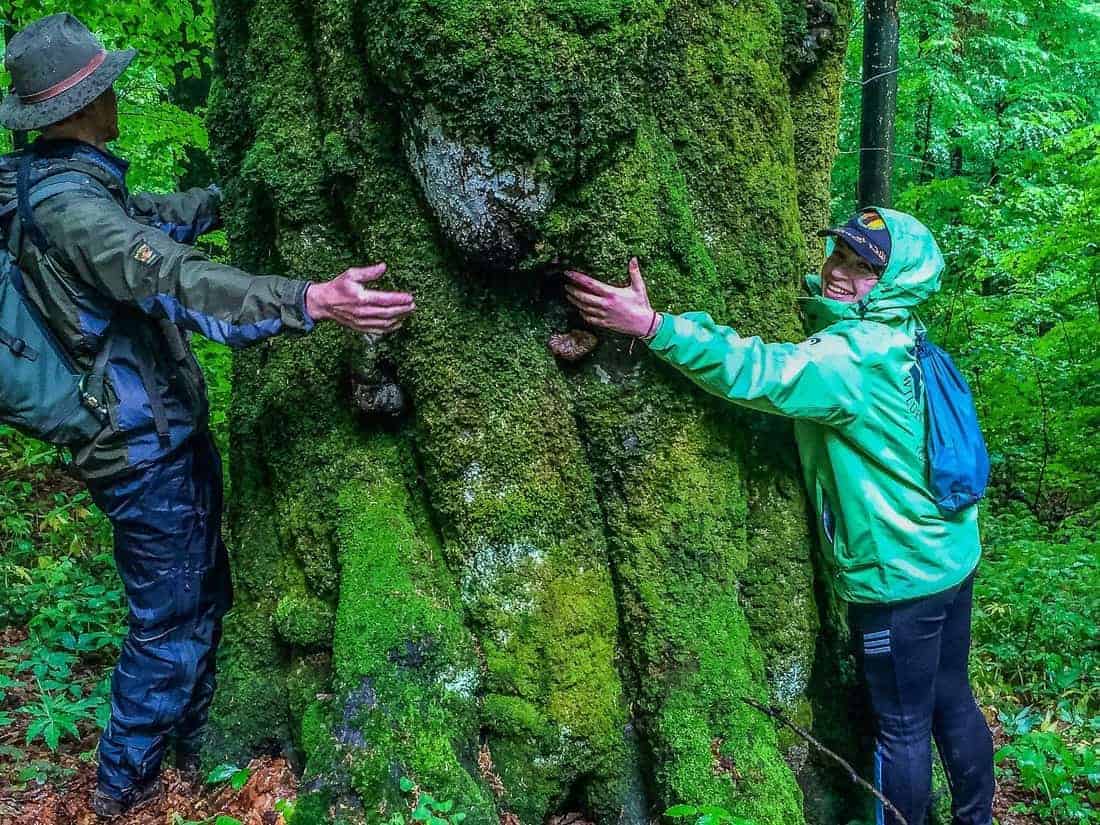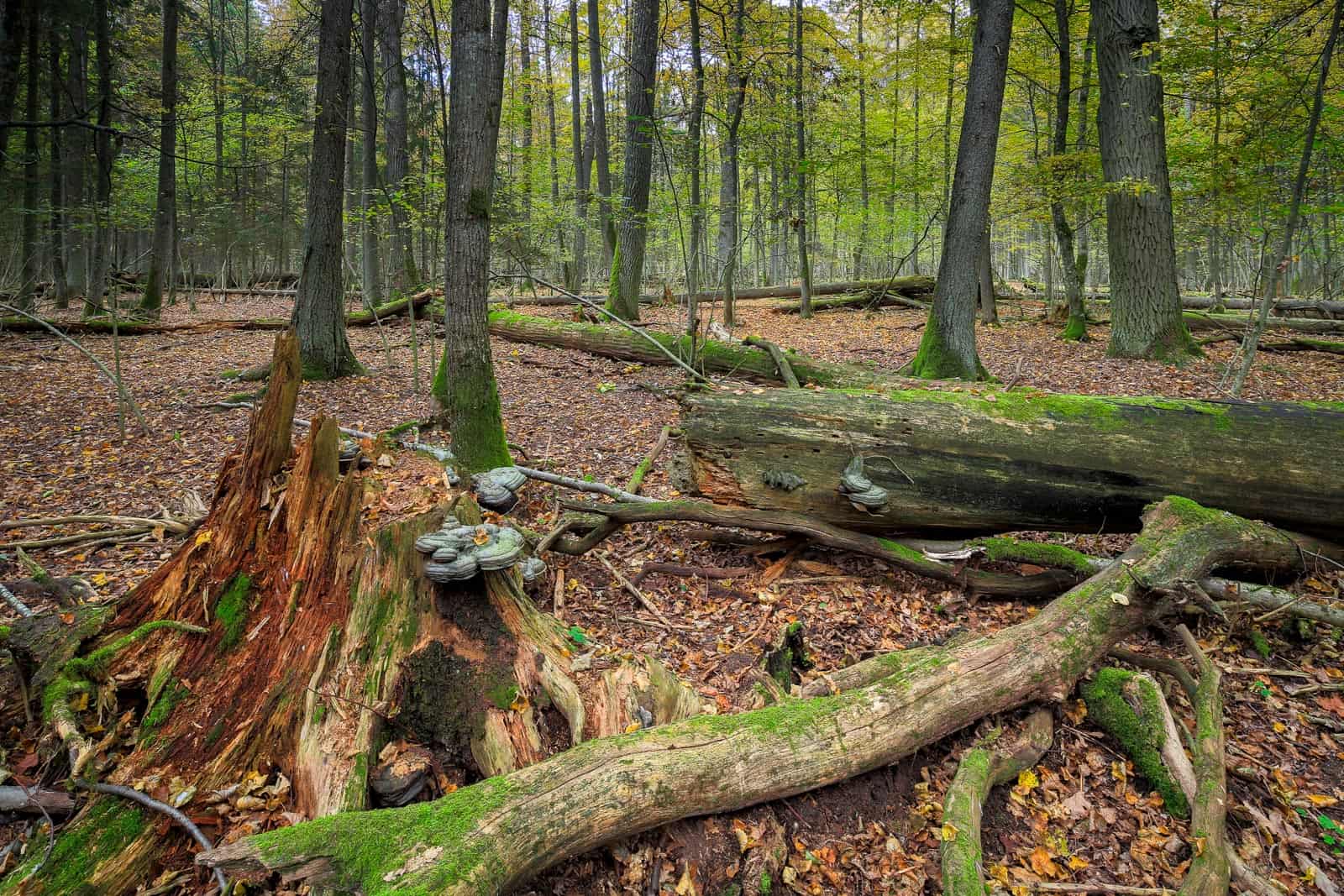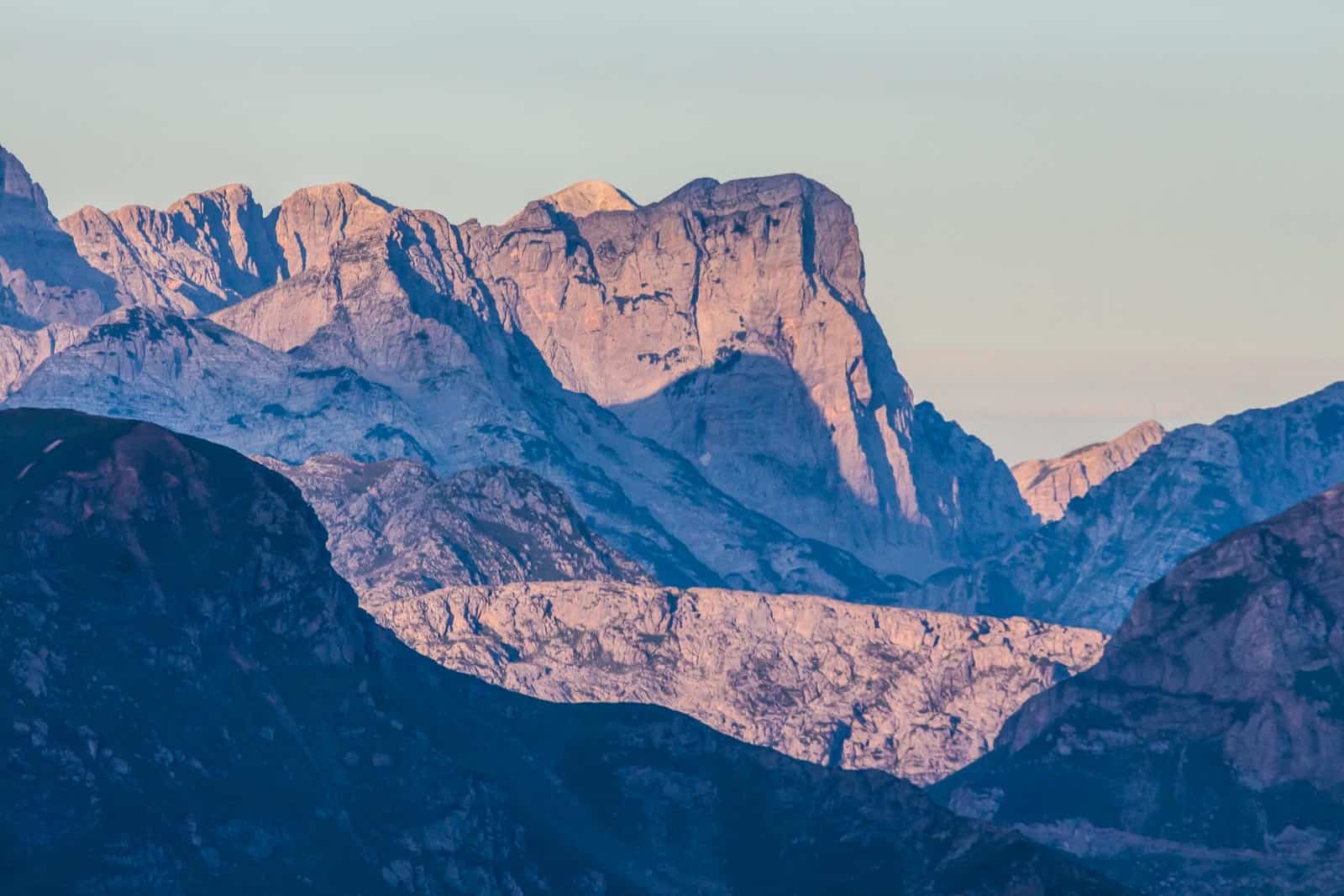Wisconsin’s wolves threatened by new hunting quota
Last week, the Wisconsin Natural Resources Boards approved the new quota for the November hunt of grey wolves, allowing the kill of up to 300 individuals. Ignoring an advisory panel to limit the kill to 130 wolves, this controversial decision could imperil the state’s wolf population according to conservation biologists.
The recent decision increases the already controversial way Wisconsin officials are managing the state’s wolves, which until January were protected under the federal Endangered Species Act. The following month, during a permitted hunt, hunters killed 218 wolves in 3 days (an estimated 20% of the population) although officials had capped the legal kill at 119 animals. Since then, researchers believe poachers have killed more wolves.
Management of Wisconsin wolves
Given the substantial uncertainty created by the recent events about the size of the state’s wolf population, scientists are urging authorities to only allow the killing of a small number of wolves in the next hunt, or none at all. However, the natural resources board, made up of political appointees, has so far ignored the lower quota recommended by a state Wolf Harvest Advisory Committee.
Wildlife biologist Adrian Wydeven, leader of the Wisconsin Department of Natural Resources wolf program from 1990 to 2013, fears that the new quota could lead to a major reduction in the state’s wolf population to a few hundreds individuals, levels seen in the early 2000s.
It’s frustrating in that it seems like every time you make some steps forward in wolf conservation you end up taking steps back as well. With this last winter hunt, we probably eliminated packs in areas and reduced some of their range. If we aggressively harvest them again this fall, we’re probably going to continue to lose some packs and have somewhat of an unstable wolf population.

What is the current population estimation?
Between April 2020 and April 2021, permitted hunters and poachers have killed up to one-third of Wisconsin’s estimated 1126 wolves. These are the findings of a new study lead by biologist Adrian Treves from the University of Wisconsin. Furthermore, the authors note that it is difficult to estimate the current state of the population due to the uncertainty about how many of the wolf pups born this year have survived.
The uncertainty is so vast that it would be reckless to authorise a November 2021 hunt without gathering more data about the full impact of the February 2021 hunt.

In fact, some researchers say howl surveys —in which observers listen for calls made by wolf pups— suggest wolf reproduction is down. For example, since the February hunt, nighttime surveys conducted by the Wisconsin’s Green Fire, a group that promotes science-based management of natural resources, heard pups in just 50% of the packs they monitor. This is especially concerning considering that they usually hear wolf pups in about 80% of the packs.








